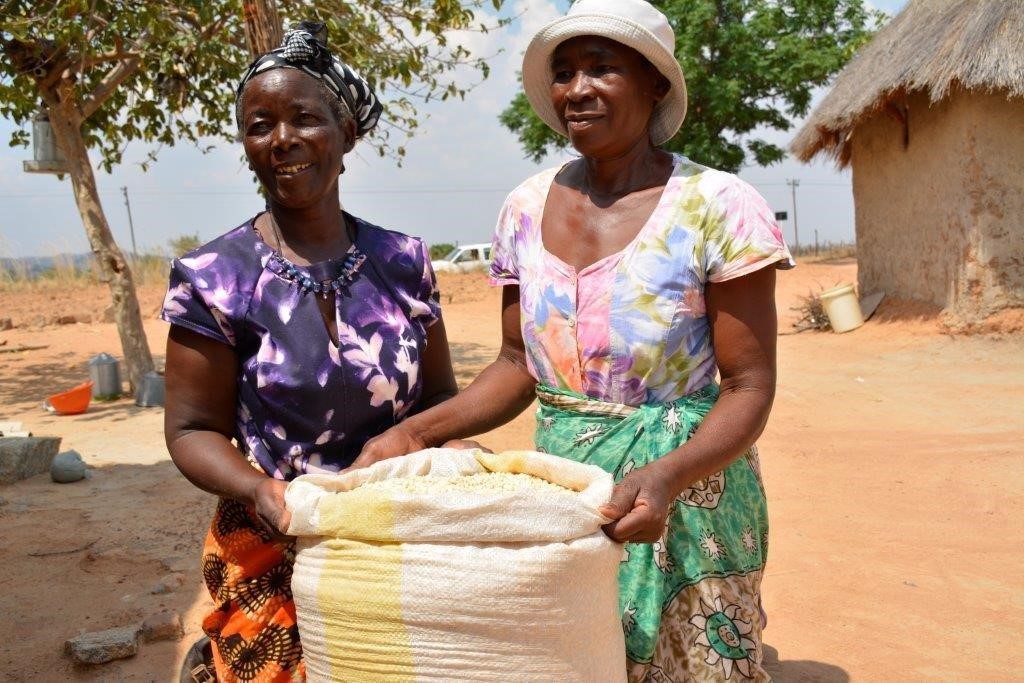“We’ve got the germplasm and improved varieties, but what can we do to overcome the hurdle of farmer adoption of these technologies?” Jon Hellin, value chain and poverty specialist for CIMMYT’s Socioeconomics Program presented this challenge and how crop-index insurance may be part of the solution, at a high-level Climate Change, Agriculture and Food Security (CCAFS) webcast event Wednesday, 28 January in London. The event covered innovations in index insurance and how Nigeria can implement them, as part of a plan to safeguard its farmers from climate change effects.
“Unfortunately, threats like drought – the very reason for adopting climate-smart practices – also represent a huge risk that makes farmers reluctant to invest in new technologies”
– Jon Hellin
CIMMYT’s Socioeconomics Program
Benefits of Index Insurance
“Unfortunately, threats like drought – the very reason for adopting climate-smart practices – also represent a huge risk that makes farmers reluctant to invest in new technologies,” said Hellin. Traditional crop insurance gives payouts that are explicitly determined on measured loss for a specific client. Index insurance allows farmers to purchase coverage based on an index that is correlated with those losses, such as average yield losses over a larger area or a well-defined climate risk, e.g. erratic rainfall, that significantly influences crop yields.
This approach can address many of the problems that limit the application of traditional crop insurance, including lower transaction costs and eliminating the need for in-field assessments. In addition, because the insurance product is based on an objective index it can also be reinsured, allowing insurance companies to efficiently transfer part of their risk to international markets. This makes index insurance financially viable for private-sector insurers and affordable for small-scale farmers.
CIMMYT is involved in a CCAFS-supported crop index insurance project. One focus is to determine how crop index insurance can enhance adoption of drought tolerant maize varieties. CIMMYT, along with international partners and scientists, has been developing many such varieties under the Drought Tolerant Maize for Africa (DTMA) initiative. “When it comes to these varieties and exciting initiatives like crop index insurance, that’s where we can come together and get great win-wins,” Hellin stated.
Challenges and Opportunities
Scientifically-validated crop-index insurance schemes need indices that are affordable and attractive to stakeholders, particularly farmers and the insurance industry and other refinements. However, as demonstrated by examples from Ethiopia, Kenya, Rwanda and Senegal, if implemented correctly index insurance can build resilience for smallholder farmers not only by ensuring a payout in the event of a climate shock, but also by giving farmers the freedom to invest in new technology and inputs, such as seed.
“The Nigerian government’s interest in crop insurance will allow us to test different approaches for bundling insurance with technologies, making it attractive to farmers and private sector actors,” Hellin proposed.
 Climate adaptation and mitigation
Climate adaptation and mitigation 

